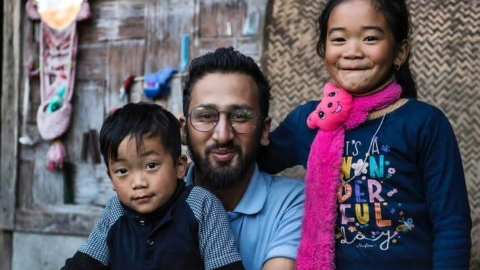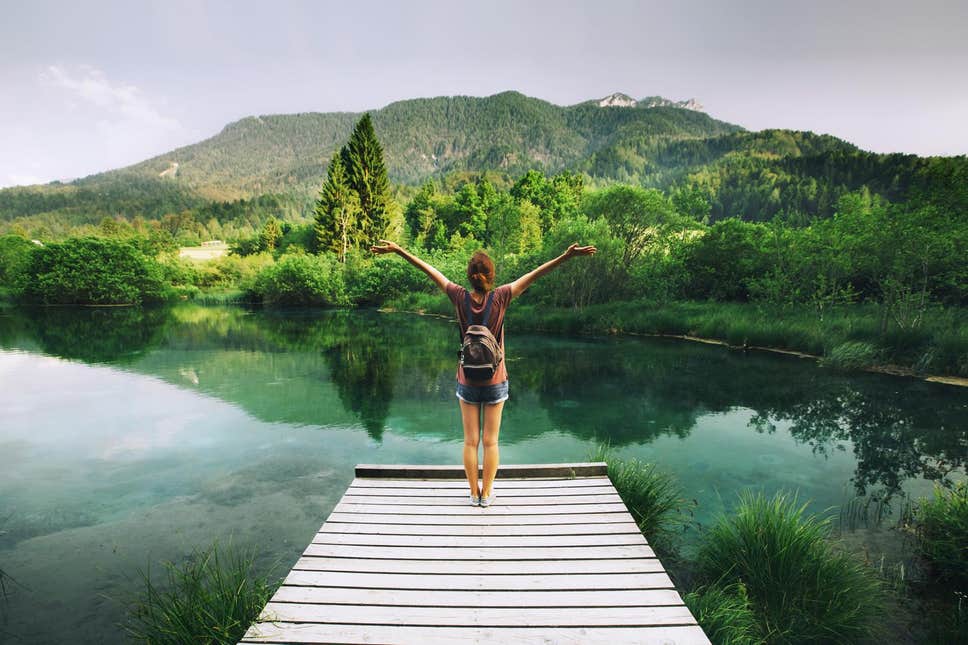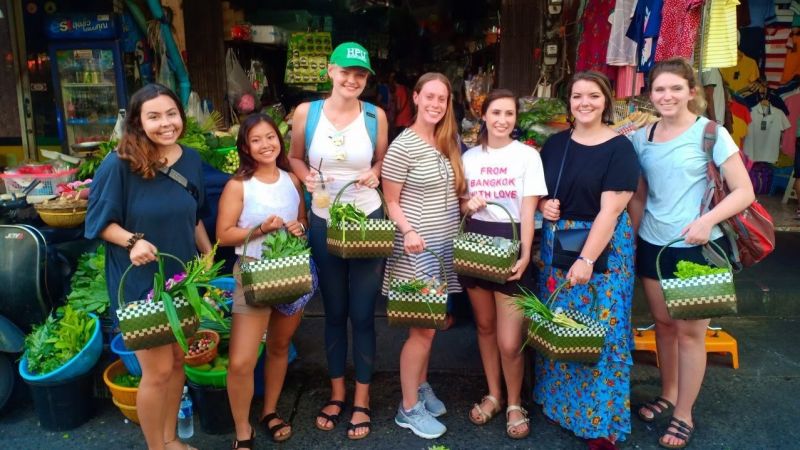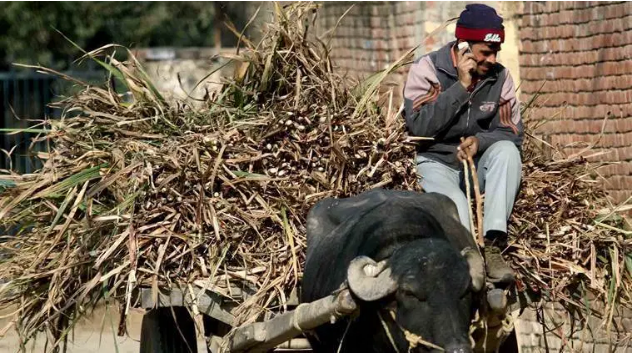Tourism spend supports communities in Thailand
In a challenging economic environment, tourism becomes one of the critical tools to spark an economic recovery. A THB1,000 bonus might do the trick.
Theoretically, whether it is for pleasure or business, tourism can help generate revenue and improve the local economy whenever we spend on tours, attractions, overnight stays and entertainment. Now the Thai government is encouraging domestic tourism with a THB1,00 subsidy. The trickle-down effect should boost the earnings of communities across the country.
Many village communities are embarking on tourism activities for the first time to supplement their agricultural activities. When crop and fruit prices fluctuate, a community’s tourism assets offer a new valuable revenue stream.
The THB 1,000 digital bonus for Thai travellers is part of the THB316 billion stimulus scheme introduced to promote spending all part of a kick start recovery plan to counter a negative global economic outlook.
To tap the THB1,000 bonus distributed via smartphone applications, business operators and travellers must first register and download the online applications. Then they are ready to make a travel transaction. Though the holiday activity will cost more than THB 1,000 the project encourages Thai travellers to look more closely at domestic travel opportunities especial those that will benefit rural communities. It’s about sharing wealth accumulated in cities and dispersing it to rural communities that have valuable tourism assets.
The incentive is one part of the plan, but with or without the incentive, we should focus on making our next trip one that provides a rewarding experience while benefiting communities.
Here are some of the communities that are taking part in the scheme to enhance a visitor’s travel experience and at the same time supplementing the income of local communities.
North Thailand
If you plan to head north, Pu Muen Community, a Lahu village at Doi Pu Muen, in Mae Ai, Chiang Mai is a top choice to experience an eco-style tourist attraction. Visitors are invited to visit tea plantations and learn about Lahu traditions. There are trekking activities, and visits to a waterfall also offered in the programme.
In Chiang Rai, Baan Saeo Community in Chiang Saen district offers visitors a chance to experience a variety of ethnic minority cultures of hill tribe groups who live in the mountains around the province. Located near the Mekong River, visitors can ride local farm trucks to visit passion fruit orchards and enjoy the landscape views of the river.
East Thailand
Agro-tourism communities in Chanthaburi such as Rak Khao Baisi allow visitors to gain insights into the local wisdom related to fruit orchards. Visitors can enjoy seasonal fruit, learn how to cook fruit recipes and understand fruit processing products. In Trat, Ban Laem Makham Community is known for its abundant natural resources. Visitors can explore the mangrove forest by boat, learn to how to dig for lamp shells(Brachiopod) and set fish traps.
Central Thailand
For destinations close to Bangkok, Ban Laem Community in Suphanburi province will allow you to follow a travel route made famous by Thailand’s King Rama V. Visitors will get chance to visit old temples such as Ta Ka Temple and Pa Phruk Temple, and learn how to make royal Thai desserts and craft handmade products from bamboo and rattan straw.
In Kanchanaburi, Nong Rong Sub-district communities exhibit the lifestyles of local people and how to live in harmony with the forest as villagers share their folk wisdom with visitors.
South Thailand
In the south, Laem Sak community at Ao Luek district in Krabi welcomes tourist year-round. Villagers will assist you to enjoy the beautiful scenery along Andaman seacoast, mixed cultures, fishermen’s lifestyle, and local agricultural activities.
Visitors can learn how to produce krill paste and visit seaweed plantation. Ban Lam Khanun community at Ta Khao District in Trang is an agricultural community that offers visitors a touch of southern culture and natural beauty. Visitors can visit Talung House and Sai Rung Waterfall, observe mangrove swamps by kayak and learn how the villagers sustain their agricultural activities through community plantations.
Northeast Thailand
For those who appreciate handwoven fabrics, weaving communities in the northeastern provinces share their valuable legacy and wisdom. Bann Sawai community in Surin is famous for its silk and villagers continue to preserve their ancient traditions and weaving skills. Besides the silk stories, visitors can enjoy local foods, sightseeing along Chi River by boat, and visit local attractions.
Meanwhile, in Buriram province, Baan Sanuan Nok community showcases traditional silk products. You can study the process from planting mulberry to weaving and creating unique motifs and patterns using silk. Visitors will also get a chance to experience local traditions such as the Trod dance, which has its roots in Khmer heritage.
Visitors can focus on the experience and ways to make the trip more meaningful more than just the typical selfie trip. These are just a few of the options that can be enjoyed with the THB1,000 incentive that encourages travellers to explore communities.

Community-based tourism encourages environmentally friendly practices as travellers can select activities that reduce the environmental impact and carbon footprint.
It helps to preserve social and cultural heritage and re-introduces traditional food and local recipes. You learn to make local products or handicrafts. Perhaps you listen to local music or join a local festival.
And the bottom line is you are contributing economic benefits to local communities by buying locally produced souvenirs while returning home a much wiser person.
By Sawapat Pimchaichon






